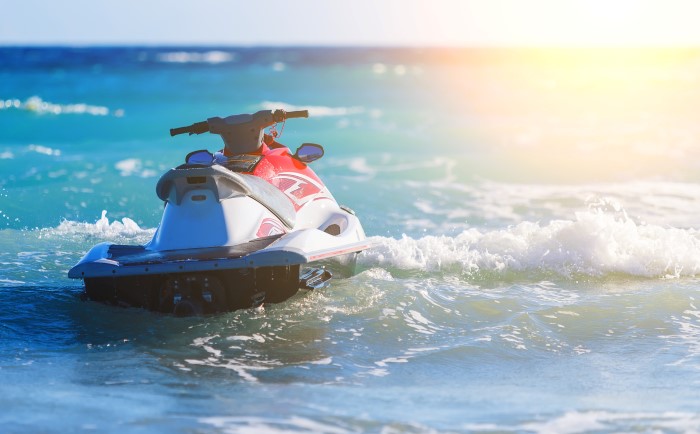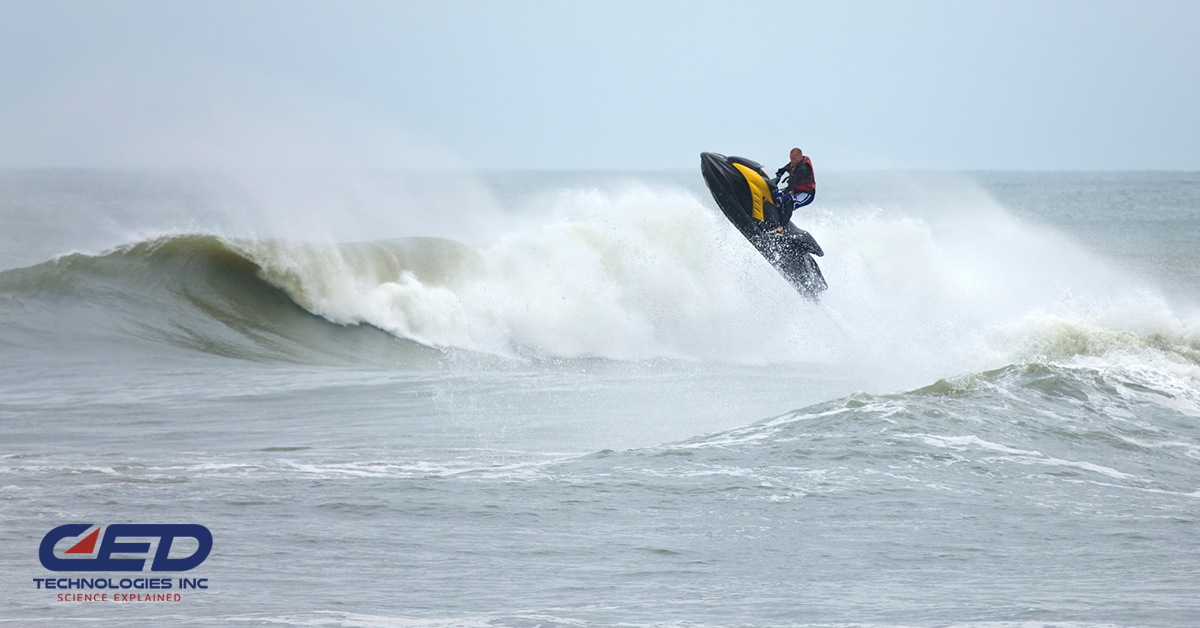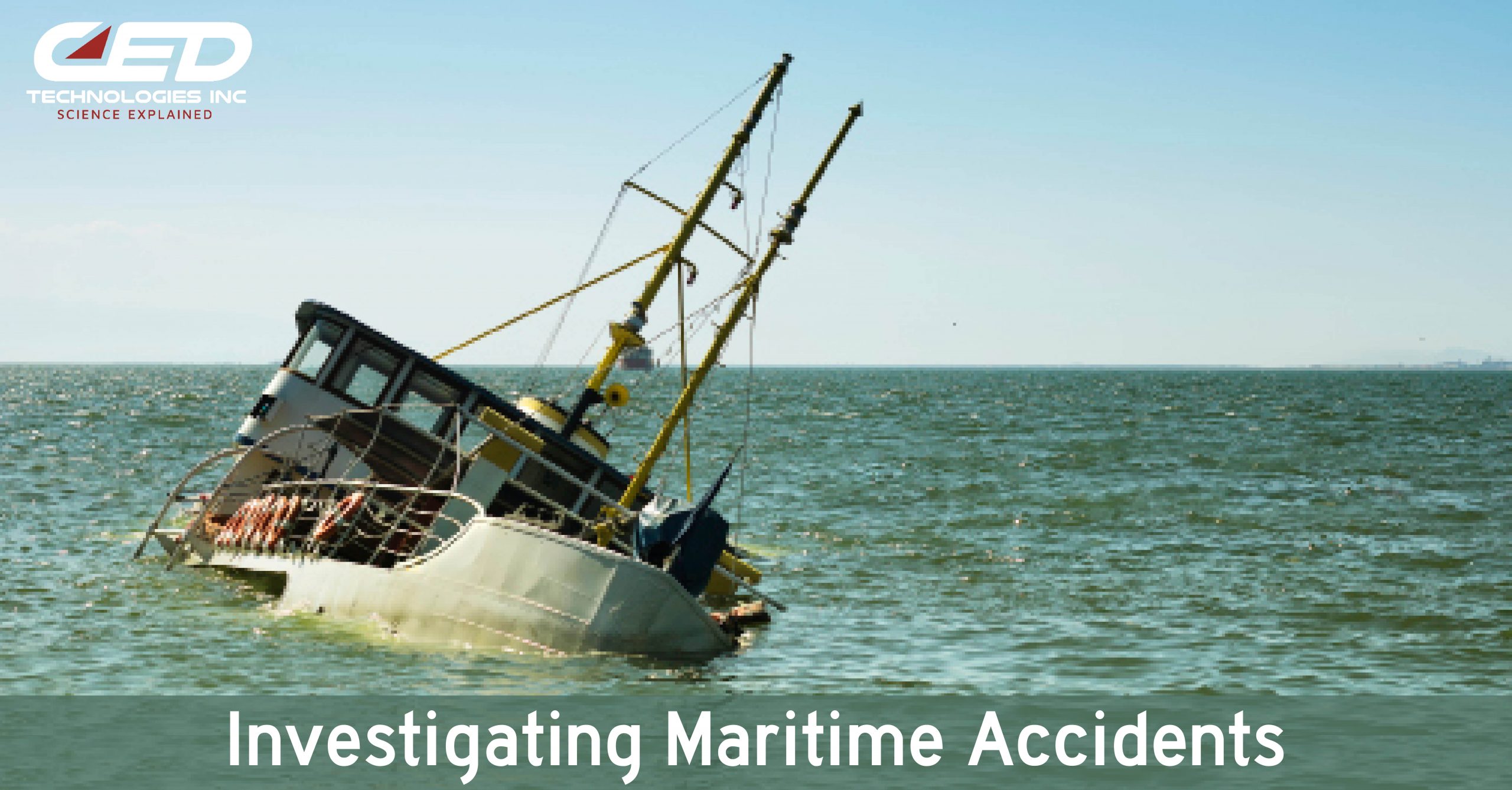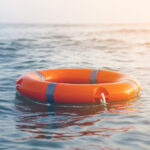Ah, summer… sunny days and high temperatures have many people headed to the nearest waterfront for much-needed relaxation and recreational time. Boating and the use of personal watercraft (PWC) – known to most as SeaDoos, Jet Skis, or Waver Runners – factor in high for frivolity and memorable fun during these summer months. But there are risks in the seemingly carefree operation of PWCs that can turn a great day on the water into something much less so. In 2017, the US Coast Guard statistics showed that PWCs accounted for 48 fatalities – 17 by drowning, and 29 by other injuries, with blunt force trauma being the most prevalent.
The US Coast Guard considers a PWC a vessel – meaning it is subjected to the same laws as a 40-foot yacht. Most states require PWC operators to have a boating license or certificate or to have completed a safety course. Non-boaters might find this puzzling – after all, PWCs are small, popular, readily available and easy to rent. PWCs are also much less expensive to own and maintain than a boat. What could possibly go wrong? Well, PWCs offer little to no protection for riders. Rental companies don’t always offer life jackets, often give little to no instruction for use, and owners don’t always insist on proper protection. PWCs are also more powerful than they look – they can operate at speeds greater than 65 mph. Like other watercraft PWCs have no brakes and may need extended stopping distances at these high speeds. Further, steering a PWC when you let up on the throttle can be difficult.
The US Coast Guard statistics show that most accidents involve PWC operators in the 11-20-year-old age bracket. The number of owners operating their PWC at the time of an accident is only 18%, showing us that siblings (29%) or friends (53%) are more likely to be operating the PWC during an accident. The National Transportation Safety Board reports maintain that about 84% of PWC accidents involve an operator who has undergone no boating safety instruction or education. Sadly, in 73% of those cases, the PWC involved had been in operation less than an hour when the accident occurred. Most common causes of PWC accidents include: unsafe speed, operator inexperience, operator inattention, poor visibility, dangerous weather conditions, operating under the influence, or missing/defective safety equipment.
How to stay safe and enjoy jet skiing, then? CED recommends following your state’s requirements for obtaining proper boating and PWC licenses and certificates, learning all about the watercraft’s mechanical details, operation and maintenance, watching your speed, wearing a life jacket, and being aware of your surroundings and water traffic. If everyone does their part in safely owning and operating PWCs, the more fun in the sun we can all have.Click Here To See Our Full List of Experts Click Here To Submit an Inquiry about a possible Claim or Case.






